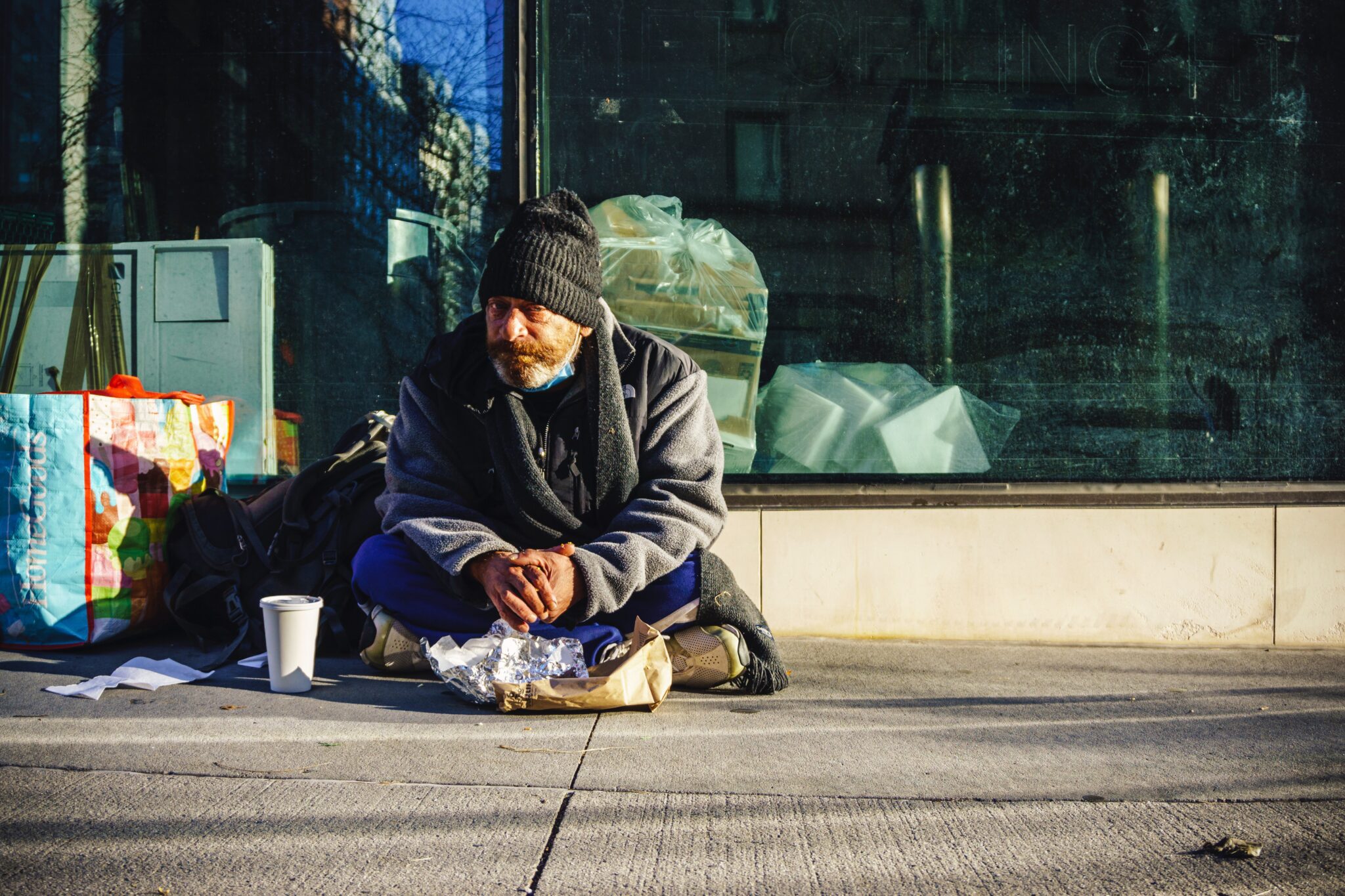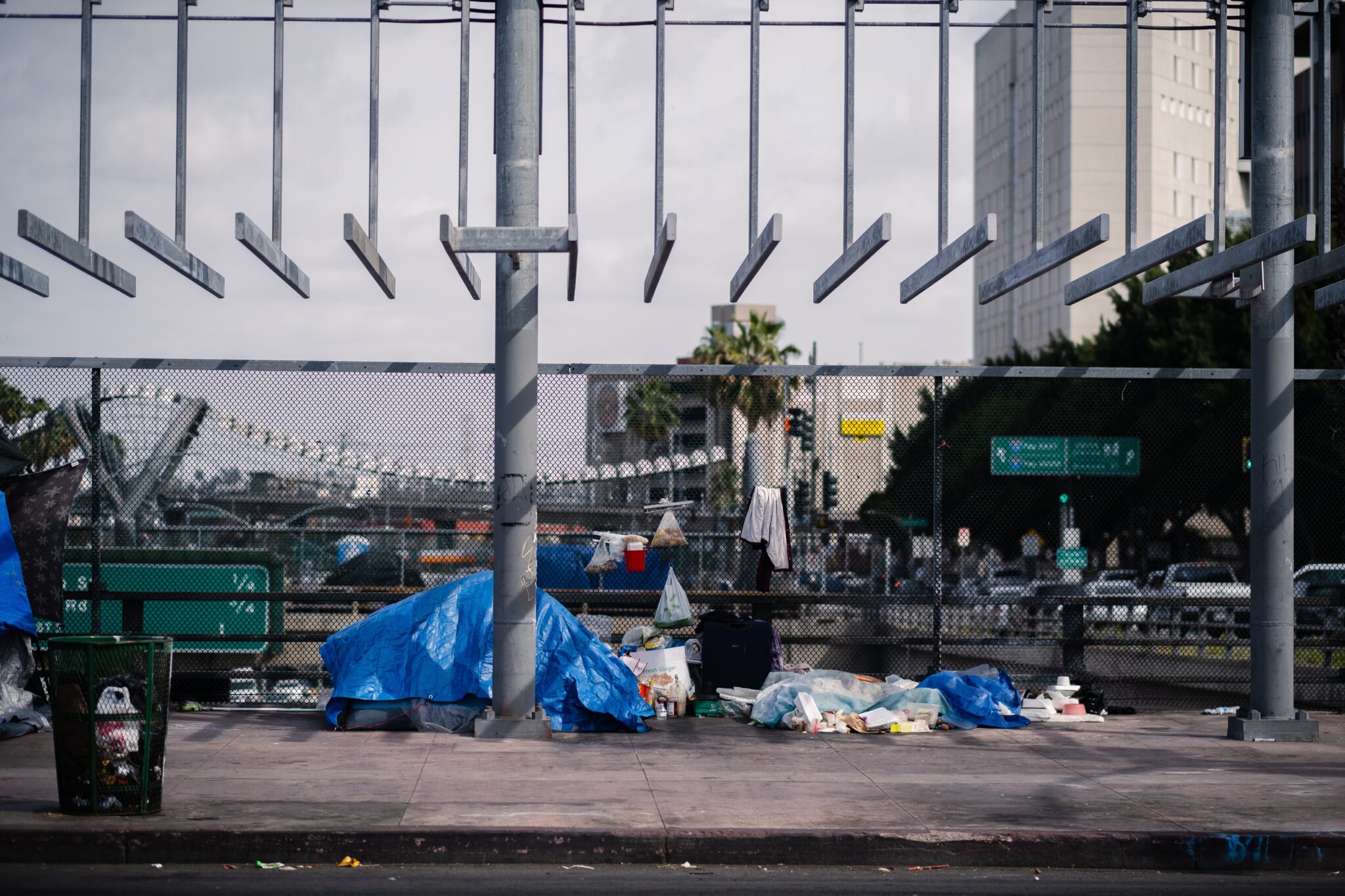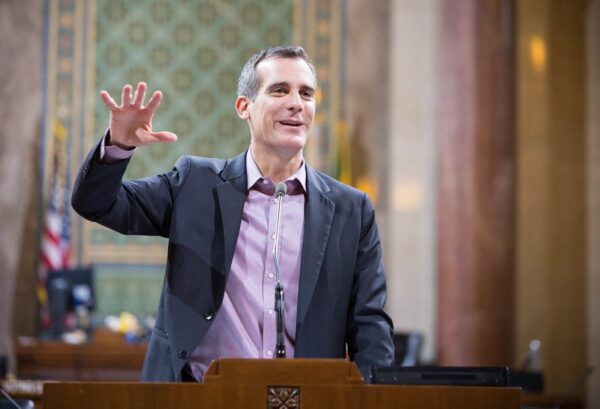This year’s count found 3,333 homeless persons in the county compared to 3,125 found in 2020. However, the unsheltered population decreased by one, from 2,390 in 2020 to 2,389 this year. This zero percent increase shows dramatic progress as each of the three previous counts in 2020, 2019, and 2018 showed double-digit percentage increases.
This year’s count also found 209 more sheltered persons – those living in shelters and transitional housing – than were found in 2020, an increase of more than 28 percent, which demonstrates the County’s success in creating additional shelter space for our homeless population.
Through various funding sources such as Project Roomkey; Homeless Housing, Assistance and Prevention (HHAP); HHAP CV funds and Continuum of Care, the region has assisted with housing and sheltering 2,000 unduplicated individuals since March 2020, nearly 800 of whom were referred to permanent housing. Project Homekey services included the Pacific Village project, which provided long-term interim shelter to 33 individuals in 28 units while the All-Star Lodge project provided long-term shelter to 50 individuals in 38 units.
“Finding shelter for homeless families and individuals is only part of the picture,” said Second District Supervisor Janice Rutherford, who serves on the County’s Interagency Council on Homelessness. “We also must provide wraparound services such as mental health care, addiction treatment, financial counseling and other aid that helps people rebuild their lives. The County’s new homeless strategic action plan brings all of our programs, services, and partners together so we can address the root causes of homelessness and help people get off the streets for good.”
“I would like to show my greatest gratitude towards the joint efforts of the San Bernardino County Homeless Partnership, all the volunteers who went out of their way to assist, the San Bernardino County Community Revitalization – Office of Homeless Services, and the Institute for Urban Initiatives for their count of unsheltered homeless in our County,” said Fifth District Supervisor Joe Baca, Jr., who also serves on the County’s Interagency Council on Homelessness. “Our work here is just beginning, but the fact that we are seeing a lot of our funding sources such as Project Roomkey, and assistance from Social Work Action Group (SWAG) make a positive impact, while housing thousands of homeless means we are in the right direction. The County’s new homeless strategic plan that is to be unveiled is going to make a difference and impact many aspects of fighting to reduce homelessness in our county.”
The full report on this year’s Point-in-Time Count can be found on the San Bernardino County Homeless Partnership website under “Announcements.” Other key takeaways from this year’s count include:
- More than three-fourths (79.2%) or 2,640 of the 3,333 homeless adults and children were counted within seven cities – Barstow, Colton, Fontana, Ontario, Redlands, San Bernardino, and Victorville. These seven cities accounted for 1,822 or more than three-fourths (76.2%) of the total unsheltered population of 2,389 and 818 or 86.6% of the 944 persons counted in shelters and transitional housing.
- Nearly half of unsheltered adults who agreed to be surveyed stated that the city in which they first became homeless was San Bernardino (47%). The second-leading answer was Victorville (6%).
- More than one-fourth (27%) of adults and children counted as homeless in 2022 became homeless for the first time during the 12 months prior to the Feb. 24 count.
- Nearly one-fourth (22%) of adults stated they had been released from prison or jail during the previous 12 months. The same results emerged from the 2020 and 2019 counts.
- Nearly half (43.5%) of unsheltered adults were chronically homeless, which is defined as being homeless for one year or more and having a disabling condition such as mental illness, chronic health condition, and a physical disability.
“It’s important to see where we are in that snapshot of time because its going to help us make decisions about how we address homelessness in our county,” said Supriya Barrows, County Deputy Executive Officer, Community Revitalization. “It’s also going to highlight all of the partners that have been deeply committed, especially over the last two years, in delivering hope every day.”
As part of its requirements for communities to receive local homeless funding, the U.S. Department of Housing and Urban Development (HUD) requires communities to conduct one-day point-in-time sheltered and unsheltered homeless counts.
While HUD requires communities to conduct a point-in-time count every other year, San Bernardino County conducts the count annually to better monitor and respond to homeless trends and identify subpopulations that require specific attention.
Per HUD’s instructions, a person is considered homeless only when they reside in:
- Places not meant for human habitation, such as cars, parks, sidewalks, and abandoned buildings
- An emergency shelter
- Transitional housing for homeless persons
“The County’s Community Revitalization team and all of the County departments and employees who are out in the cold long before the sun comes up to make this count happen each year deserve our praise and admiration for working collaboratively with our community partners,” said County Chief Executive Officer Leonard X. Hernandez.
“We are particularly grateful for our city partners. The dedication and innovation they bring into the fight against homelessness is making a measurable difference in this effort to end human misery,” Hernandez said.
Approximately 600 community volunteers were recruited to conduct the 2022 San Bernardino County Point-in-Time homeless count. There were nearly 30 partner agencies that contributed staff time and office space for training and deployment of counters, and there were 24 law enforcement agencies that provided their time, knowledge, and expertise on the locations of homeless persons.
Nearly 30 additional agencies helped with the planning process, including the San Bernardino County Innovation and Technology Department, which created maps to guide counters and programmed the survey so that results could be captured in real time.







